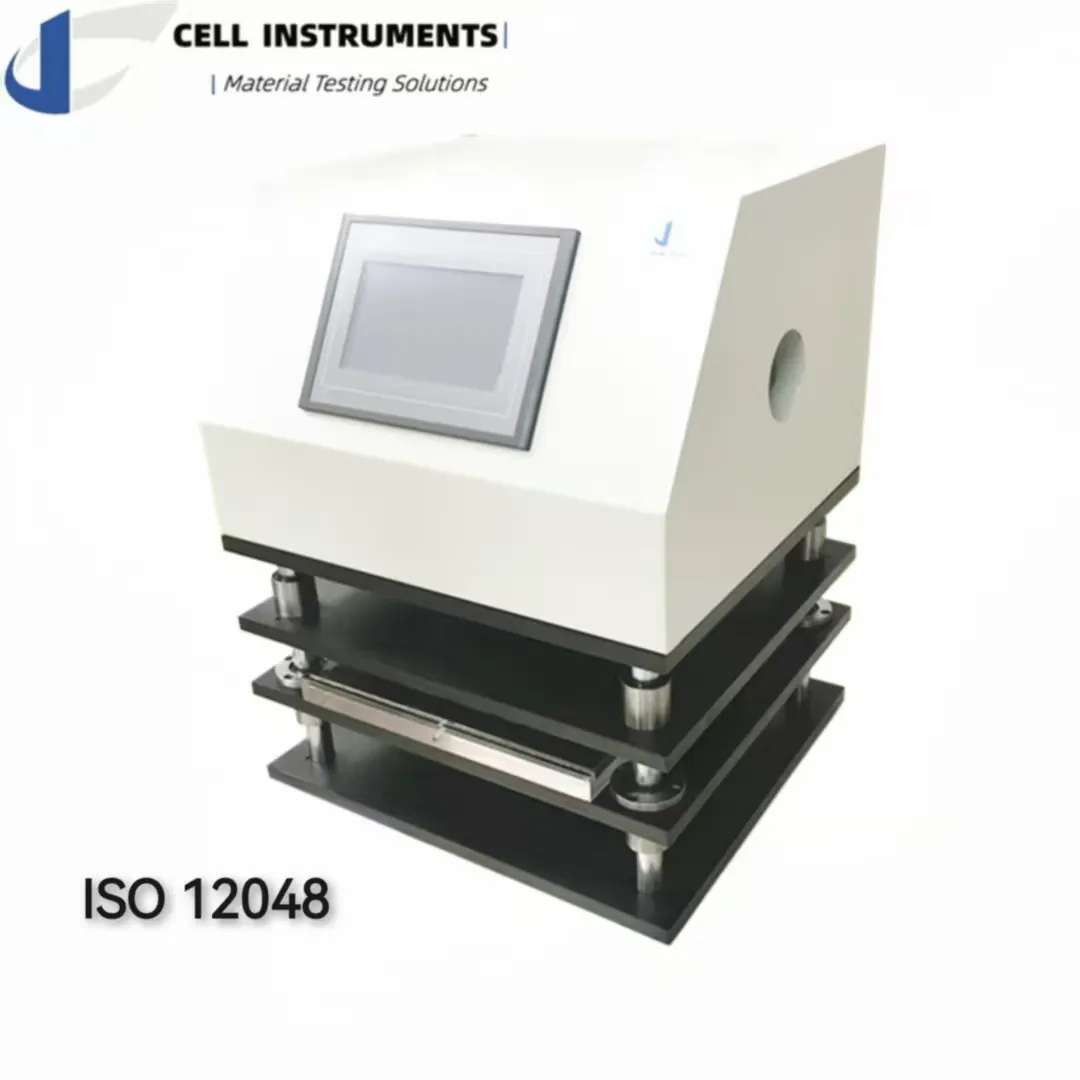How to Test Compression Strength: A Practical Guide to Ensuring Packaging Integrity and Durability
In modern packaging design, understanding how to test compression strength is essential for product protection, supply chain reliability, and regulatory compliance. Whether dealing with infusion bags, plastic packaging, or medical containers, ensuring that packaging can withstand external pressure is a key component of functional safety and product integrity.
At Cell Instruments Co., Ltd., we specialize in high-precision, standard-compliant equipment that enables packaging engineers and quality professionals to carry out reliable compression tests. This article outlines how compression strength testing works, how it ensures packaging integrity, and how the right instrumentation makes all the difference.
Why Compression Strength Testing Matters
Compression strength refers to the maximum vertical force a packaging unit can endure before deforming or collapsing. It is a critical property for any packaging that may face stacking, loading, or transportation pressure—especially in medical, pharmaceutical, food, and logistics applications.
Failure to validate this parameter can result in:
Product leakage or contamination
Structural failure during distribution
Regulatory non-compliance
Increased return and damage rates
To prevent these outcomes, it’s essential to perform tests that simulate real-world compressive loads.
Packaging Integrity and the Role of Compression Testing
Maintaining packaging integrity—the ability of a package to protect its contents without breaking, leaking, or degrading—is fundamental in sectors like healthcare and food safety. Compression testing is a major part of this evaluation process, particularly for flexible film packaging, infusion bags, plastic bottles, and paper-based containers.
Testing under controlled conditions helps assess whether packaging will:
Hold its shape under load
Avoid leakage or rupture
Meet ISO and ASTM strength requirements
Preserve product sterility and quality
Standards like ISO 12048, ASTM D642, and ISO 2234 provide clear guidelines for conducting these tests consistently.
Step-by-Step: How to Test Compression Strength
1. Sample Preparation
- Condition the sample at 23°C and 50% relative humidity for 48 hours to eliminate moisture-related variability, per ISO 12048 requirements.
2. Equipment Setup
- Use a calibrated compression tester such as the Cell Instruments Package Compression Tester. Position the sample between parallel upper and lower platens, ensuring precise alignment to avoid skewed results.
3. Parameter Configuration
Set testing mode based on your requirement:
- Maximum load mode (test until collapse or rupture)
- Constant pressure mode (hold at defined force to evaluate endurance)
- Control the compression speed within 10 ± 3 mm/min.
4. Test Execution
- Start the compression cycle. The system applies a vertical load while recording force vs. deformation data in real time. This curve reveals when and how the package fails.
5. Data Analysis
Key outputs include:
- Maximum compression force (N or kN)
- Deformation percentage
- Failure mode (buckling, bursting, leaking)
These insights inform decisions in material selection, design optimization, and compliance verification.
Why Choose the Cell Instruments Package Compression Tester
The Cell Instruments Package Compression Tester is a high-precision instrument designed specifically for how to test compression strength according to ISO and ASTM standards. It’s suitable for testing:
- Infusion bags
- Blood bags and ice packs
- Plastic bottles
- Paper cups, trays, and boxes
- Flexible and composite film packaging
Key Features Include:
- HMI touchscreen control and intuitive UI
- Industrial PLC control system for stability
- Bursting and constant pressure test modes
- Real-time data capture with statistical analysis
- Automatic pressure compensation
- Liquid containment system for ruptured medical packaging
- Customizable platen sizes and RS232/PC software integration
These features make it an ideal tool for quality control labs, packaging R&D teams, and regulatory validation processes.
Compliance with Global Testing Standards
This testing method supports and aligns with:
ISO 12048 – Compression and stacking tests for filled transport packages
ASTM D642 – Compressive resistance of shipping containers
TAPPI T804, GB/T 4857.4, and more
With global supply chains becoming more demanding, standard-compliant testing is no longer optional—it’s a requirement for quality and trust.
Conclusion
Understanding how to test compression strength is critical to maintaining packaging integrity across diverse industries. Whether you’re developing medical-grade flexible packaging or validating shipping containers, compression testing provides the quantitative assurance needed for quality, compliance, and safety.
At Cell Instruments, our mission is to provide high-precision, easy-to-use equipment that helps you achieve consistent results with confidence. The Package Compression Tester is one such tool—reliable, versatile, and built for the evolving demands of modern packaging.
Ready to elevate your packaging quality control? Contact Cell Instruments Co., Ltd. today to learn more or schedule a demonstration.

